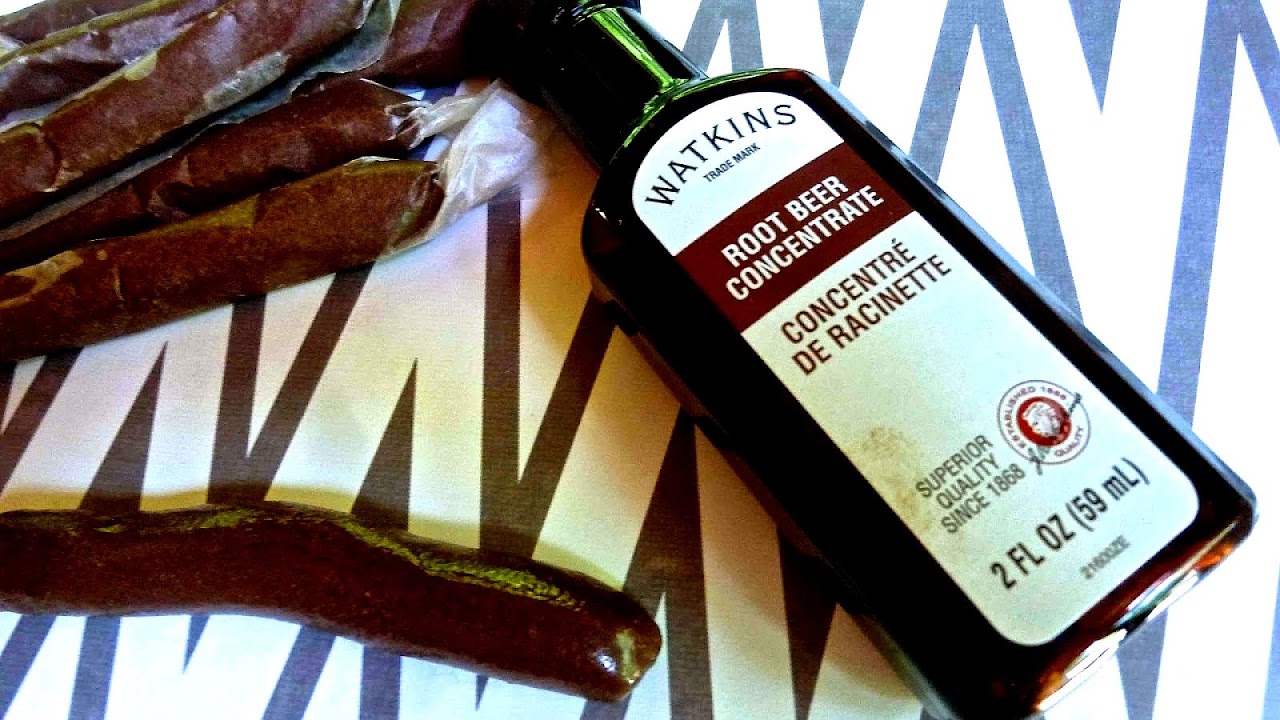
Tootsie Roll Industries is a manufacturer of confectionery in the United States. Its best-known products have been Tootsie Rolls and Tootsie Pops. Tootsie Roll Industries currently markets its brands internationally in Canada, Mexico, and over 75 other countries.

Maps, Directions, and Place Reviews
History
In 1896 Leo Hirshfield, an Austrian immigrant to the United States, began work at a small candy shop located in New York City owned by the Stern & Staalberg firm. In 1907, Hirshfield decided he wanted a chocolate-tasting candy that would not melt in the heat, and that would be an economical artificial alternative to traditional chocolates. He named the candy after the nickname of his daughter, Clara "Tootsie" Hirshfield. By this point, the company had expanded to a five-story factory. In 1917 the name of the company was changed to The Sweets Company of America. The business, which had forced Hirshfield out by this point (leading to his eventual suicide), became a listed company in 1922. In 1931 the Tootsie Pop -- a hard-candy lollipop with Tootsie Roll filling -- was invented, and quickly became popular with Dust Bowl refugees during the Depression era because of its low price. During World War II, Tootsie Rolls became a standard part of American soldiers' field rations, due to the hardiness of the candy under a variety of environmental conditions.
In 1935, the company was in serious difficulty. Its principal supplier of paper boxes, Joseph Rubin & Sons of Brooklyn -- concerned about the possible loss of an important customer -- became interested in the possibility of acquiring control. The company was listed on the New York Stock Exchange, but Bernard D. Rubin acquired a list of shareholders and approached them in person in order to purchase their shares. The Rubins eventually achieved control and agreed that Bernard would run the company as president. Mr. Rubin was able to steadily increase sales and restore profits, changing the formula of the Tootsie Roll and increasing its size, moving from Manhattan to a much larger plant in Hoboken, New Jersey, and guiding the company successfully through the difficult war years when vital raw materials were in short supply. When he died in 1948 he had increased the sales volume twelvefold. After his death, his brother William B. Rubin became president and remained president until 1962.
In 1962, William's daughter, Ellen Rubin Gordon, took control, and as of January 2015, is Chairman and CEO of the company. For many years prior to his death, her husband, Melvin Gordon, was Chairman and CEO from 1962 to 2015.
In 1966, the company adopted its current name of "Tootsie Roll Industries, Inc."
The company has acquired several famous brands of confections such as The Candy Corporation of America's Mason Division (1972), Cella's Confections (1985), The Charms Company (1988), Warner-Lambert's candy division (1993; excluding gum and mints), Andes Candies (2000), and Concord Confections (2004).

Facilities
The company's headquarters is located on the South side of Chicago, in a portion of the former Dodge Chicago Plant which produces the majority of it's candy. The company also has a factory in Mexico City where it produces some flavors of Tootsie Pops and other candy products for the Mexican market as well as for exports to the U.S. and Canada. There is also a candy factory in the Area 4 neighborhood of Cambridge, Massachusetts (belonging to the subsidiary "Cambridge Brands").

Brands and products
Tootsie Roll brands and products include:
- Tootsie Rolls and Tootsie Pops
- Frooties fruit flavored chewy candy
- Child's Play assorted candies
- Dots gumdrops and Crows licorice candy
- Andes Chocolate Mints
- Charms Blow Pops and Caramel Apple Pops
- Sugar Daddy and Sugar Babies caramels
- Charleston Chew candy bars
- Junior Mints
- Cella's chocolate-covered cherries
- Fluffy Stuff cotton candy
- Dubble Bubble, Razzles, and Cry Baby chewing gum
- Nik-L-Nip juice confection
- Wax Lips flavored wax candy
- Bonomo's Turkish Taffy
- Polar Mint
Source of the article : Wikipedia


EmoticonEmoticon